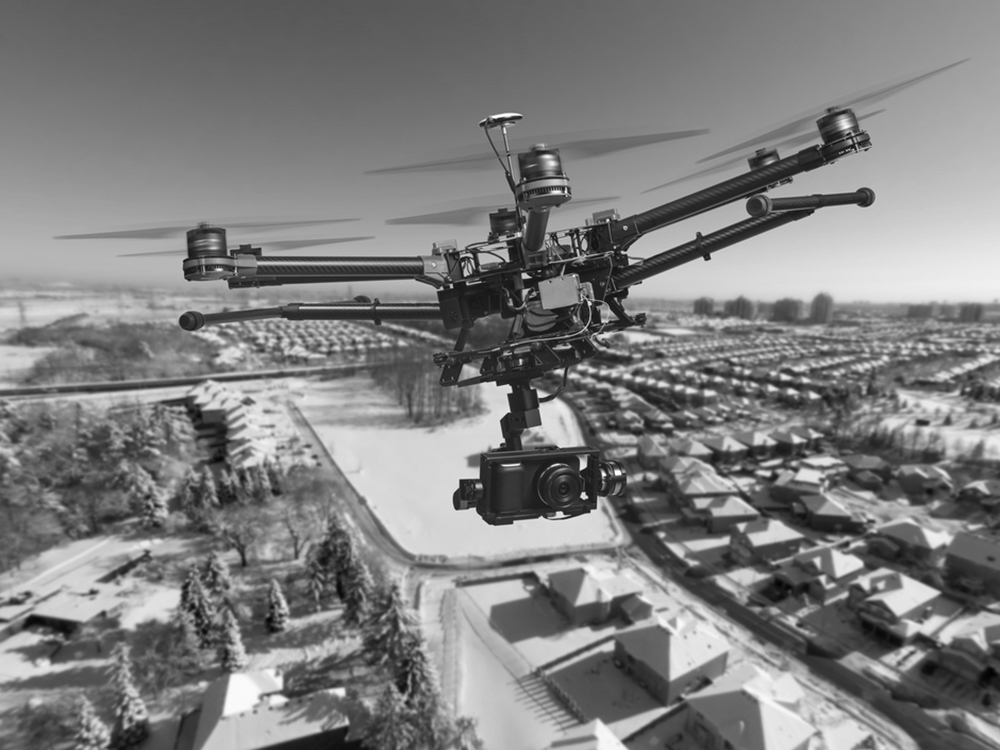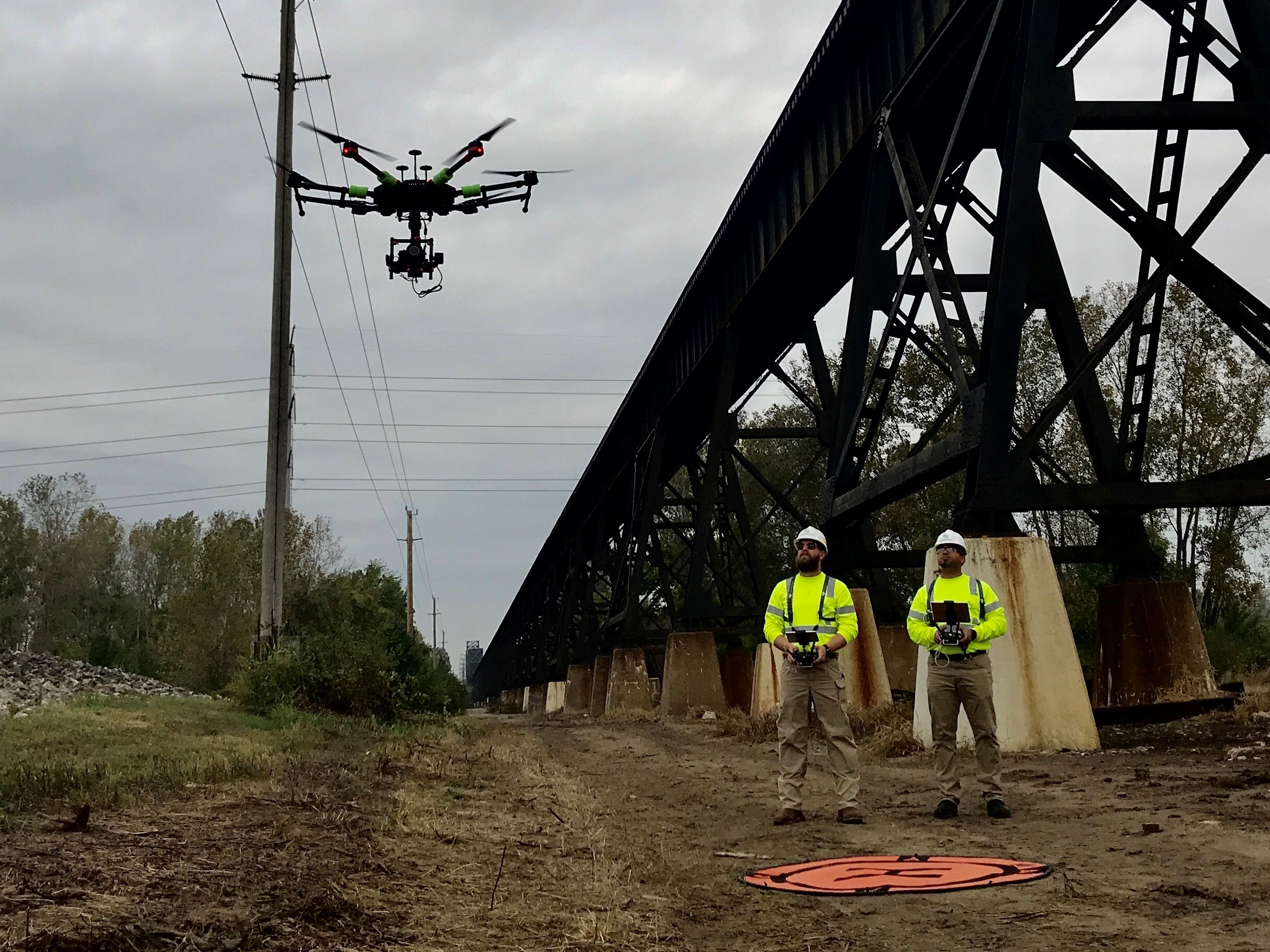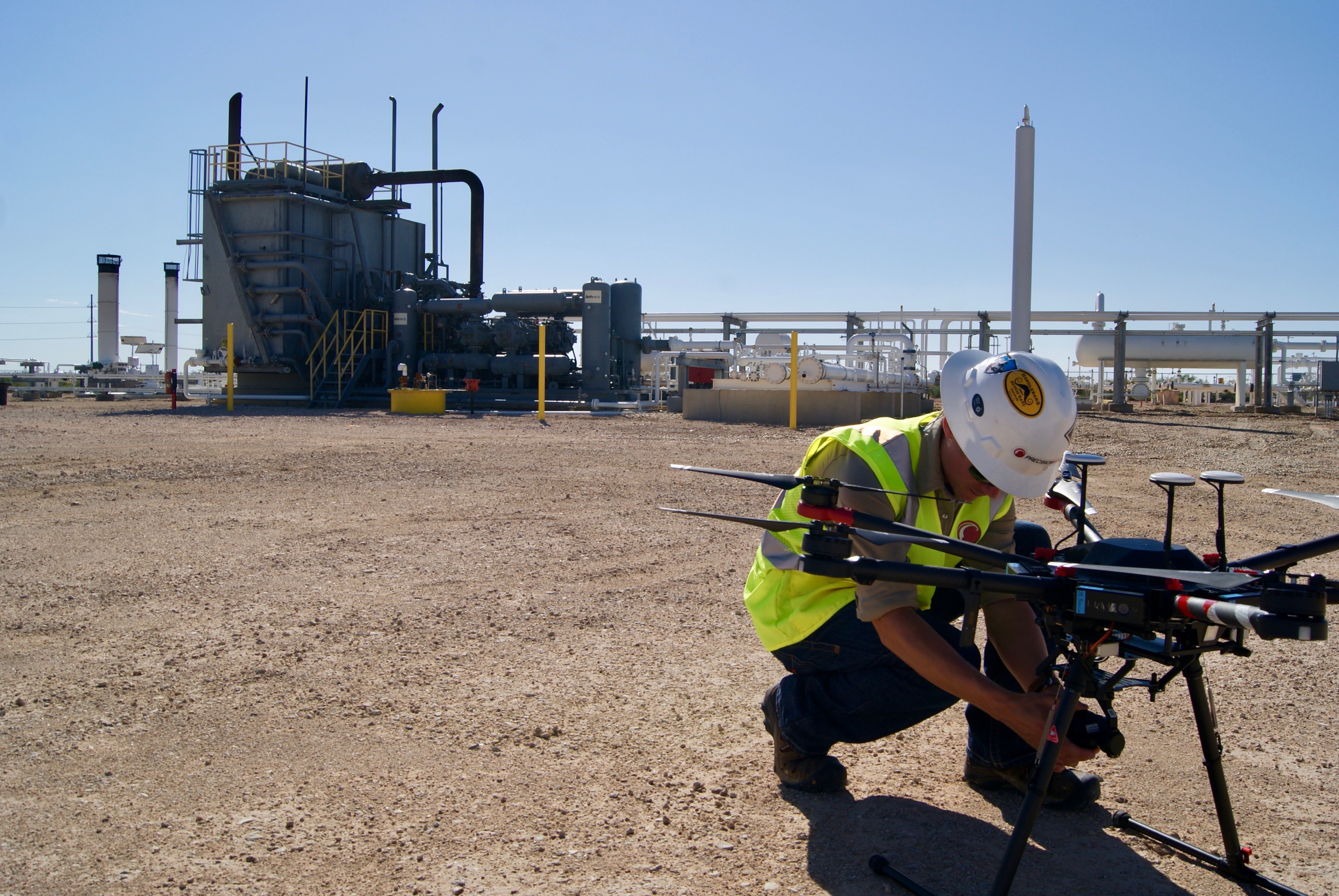The following is an excerpt from The Economics of BVLOS, a whitepaper—written in partnership with Skylogic Research—that compares traditional inspection methods with VLOS and BVLOS drone operations on the basis of cost, safety, data quality, and time-to-value. Download the whitepaper to learn when, and when not, to fly BVLOS.
As the commercial drone industry continues to evolve, widespread drone-based inspection has the potential to change business models across industries.
The promises of beyond visual line of sight (BVLOS) drone inspection have been tempting practitioners since the FAA first authorized BVLOS flight at BP’s Prudhoe Bay Alaska operation in 2014.
The technology to support BVLOS flight continues to improve—rapidly—yet in most countries, BVLOS flight is either not permitted or is highly regulated. In the U.S. alone, though thousands have applied for an FAA waiver to fly BVLOS operations, only 30 have been approved.
Four Primary Drivers
There are four primary drivers motivating companies to capitalize on drone-based inspection strategies to refine internal processes to maximize efficiency while simultaneously cultivating a safer workplace environment that protects the company and its employees from physical or reputational harm.
One primary motivator is safety. By incorporating drone-based inspection strategies companies can prevent fatal accidents—by shifting people from manned helicopter flights and manual tower climbs to higher-value, less risky actions, companies can achieve a safer workplace environment and increase efficiency.
A supplemental benefit to drone-based inspection is the reduction of the dependence on helicopter flights—expensive, time-intensive, and not always readily available. Incorporating drone-based VLOS or BVLOS inspections may present opportunities to reduce cost and reduce time to deployment.
At the same time, a third benefit is the increased quality of consistent, precise data. Since manual data collection often involves photographs taken from manned aircraft or ground-based inspectors with limited visibility taking handwritten or typed notes, drone-based inspection offers consistent, relevant, and high-quality data.
Finally, BVLOS flight can cover a wide geographic area and collect this high-quality data much more quickly than traditional means. This reduces the time-to-value and increases a company’s ability to deliver timely information and results to their customers—for example, insurance claims of total loss due to a catastrophic disaster can be indemnified much faster.
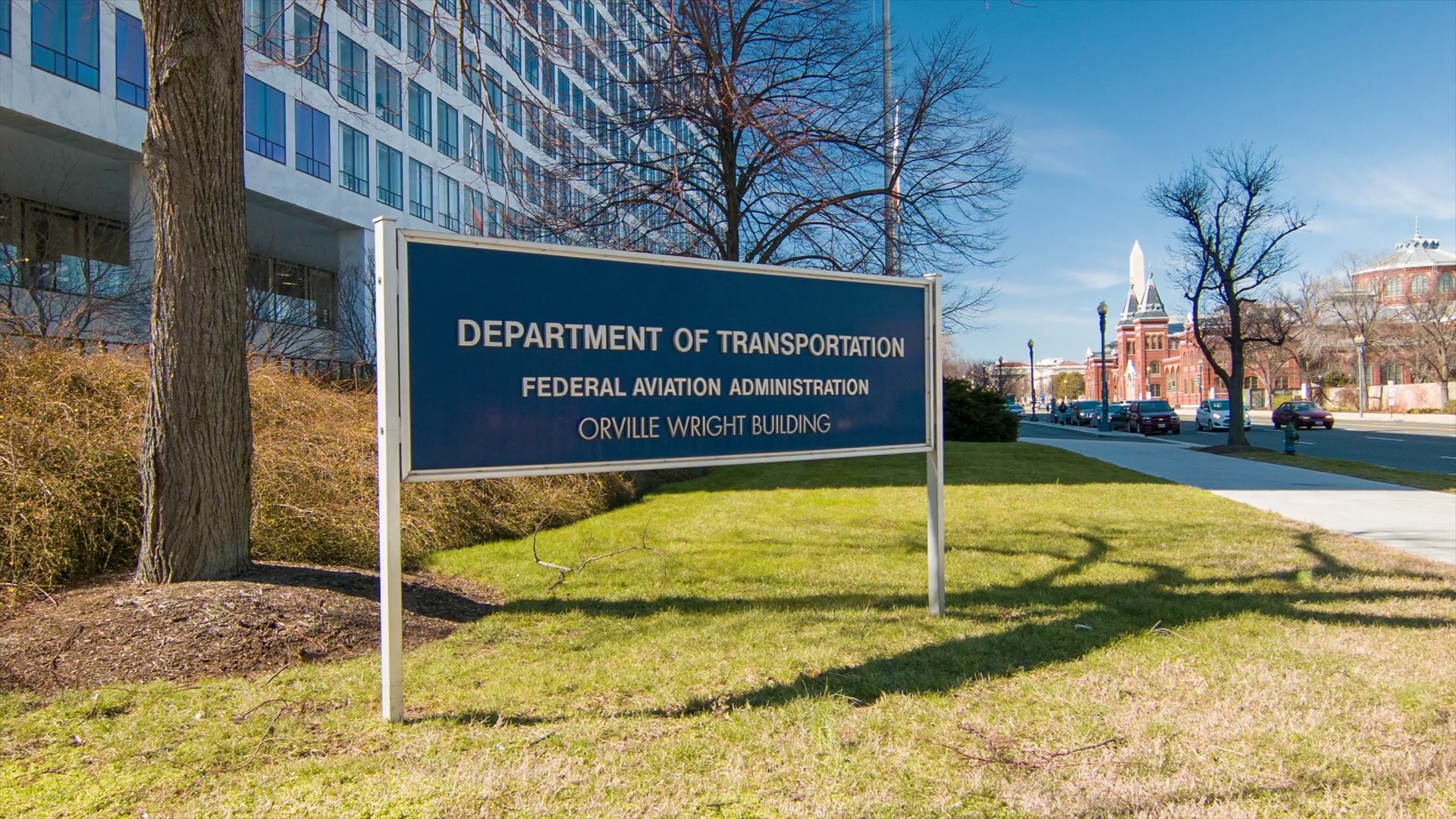
Three Industries Pioneering Drone-based Inspection
Drones are already making a difference in the insurance industry—and the greatest benefit may come in the ability to fly missions beyond visual line of sight. In particular, insurance claims adjusters are discovering that VLOS and BVLOS missions enable an insurance company to indemnify their clients faster than traditional methods, allowing the insurer to help their clients restore their lives after disaster.
In one example, a team determined how many homes—and their precise locations—were impacted by a natural disaster. The one-square-mile neighborhood was not accessible in any other way, so the drone mission allowed for the safe assessment and inspection of the entire neighborhood without putting anyone in danger.
Safety is a top priority for electric utilities as well—there is nothing more important. Utilities are using drone missions—VLOS and BVLOS—to increase safety, data accuracy, and efficiency.
By flying VLOS missions, utilities can complete comprehensive visual inspections (CVIs) to inspect every nut, bolt, and cotter key, reducing the risk of a fatal accident or the shutdown of the grid due to a disconnected wire. And in flying BVLOS missions from tower to substation to tower—the routine inspection of hundreds or thousands of miles of utility lines—utilities can save as much as $1,400 per mile.
For those in the oil and gas industry, operational economic gain is derived from increasing and maximizing efficiency. Drone-based inspections support the “management by exception” policy in which drones are tracking changes over time that could indicate potential issues on an oil well pad.
In fact, by removing the necessity of manual inspectors, oil and gas companies are able to allow their technicians to focus on higher value-added activities, preserving and increasing revenue—and safety.
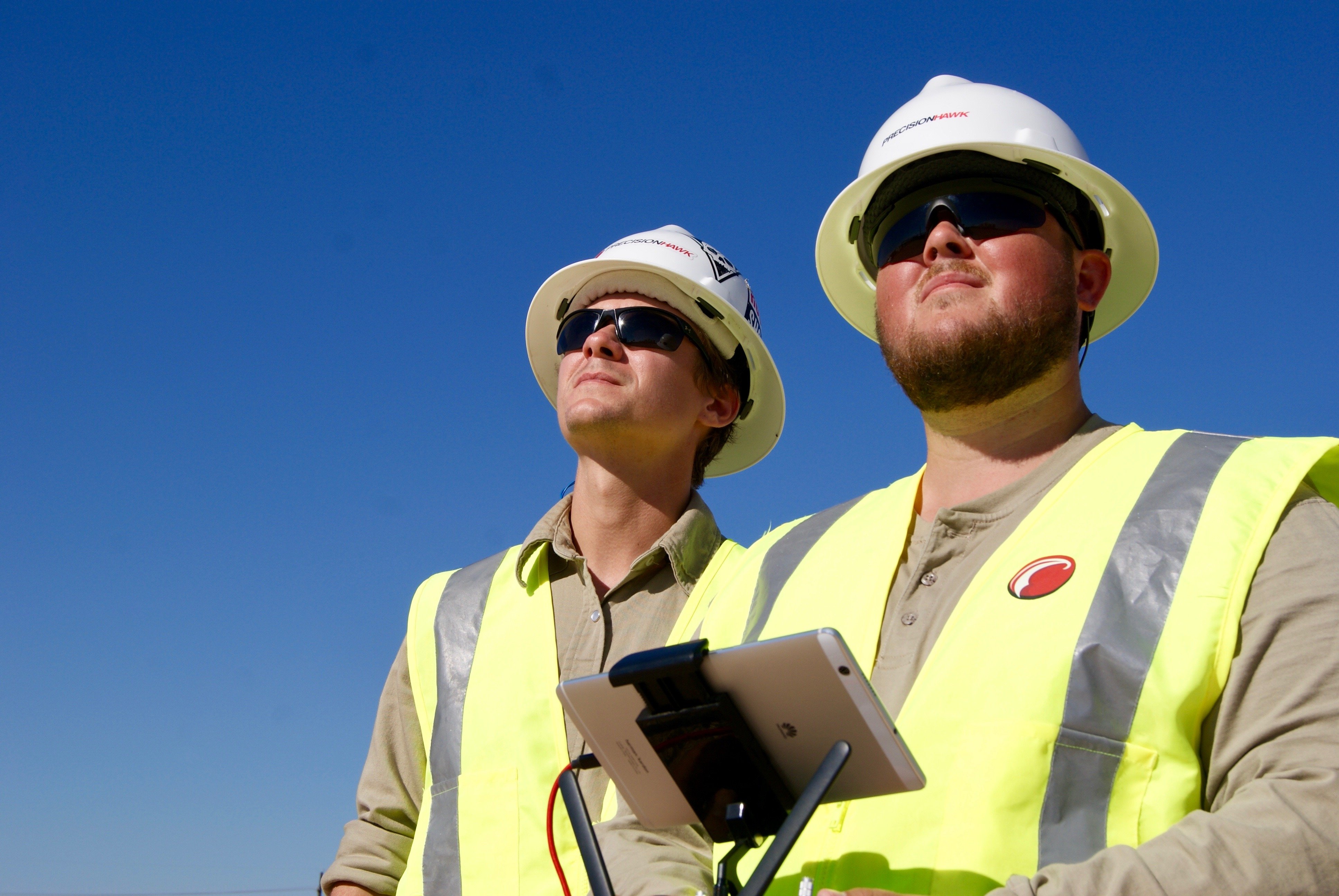
Your Next Steps for Flying BVLOS
As the above use cases illustrate, businesses must understand the operational economics of drones to develop an effective drone-based inspection strategy. When you know how much it will cost to deploy drones—whether flying VLOS or BVLOS—you can compare the costs and benefits against your traditional operational methodologies.
You may find that helicopters are still viable—particularly when they can efficiently and accurately collect data in specialized, specific situations. Yet, VLOS inspection is rapidly replacing the use of manned helicopters—and delivering better, higher-quality data safely and more effectively.
Expectations are high for the implications and applications of BVLOS inspections—especially for flights that are anticipated to log more than 50 miles in total length. Companies across industries—oil and gas, electric utilities, and insurers—have already experimented with and operationalized VLOS missions. Those same companies are pioneering applications for BVLOS.
You can find more about BVLOS drone operations and how PrecisionHawk’s Pathfinder Program has yielded data to support the expansion of FAA-approved drone operations.
Contact PrecisionHawk to speak to an expert about adding BVLOS to your operations and filing your BVLOS waiver.
Download our white paper “The Economics of Using Drones for Beyond Visual Line of Sight Inspections.”

